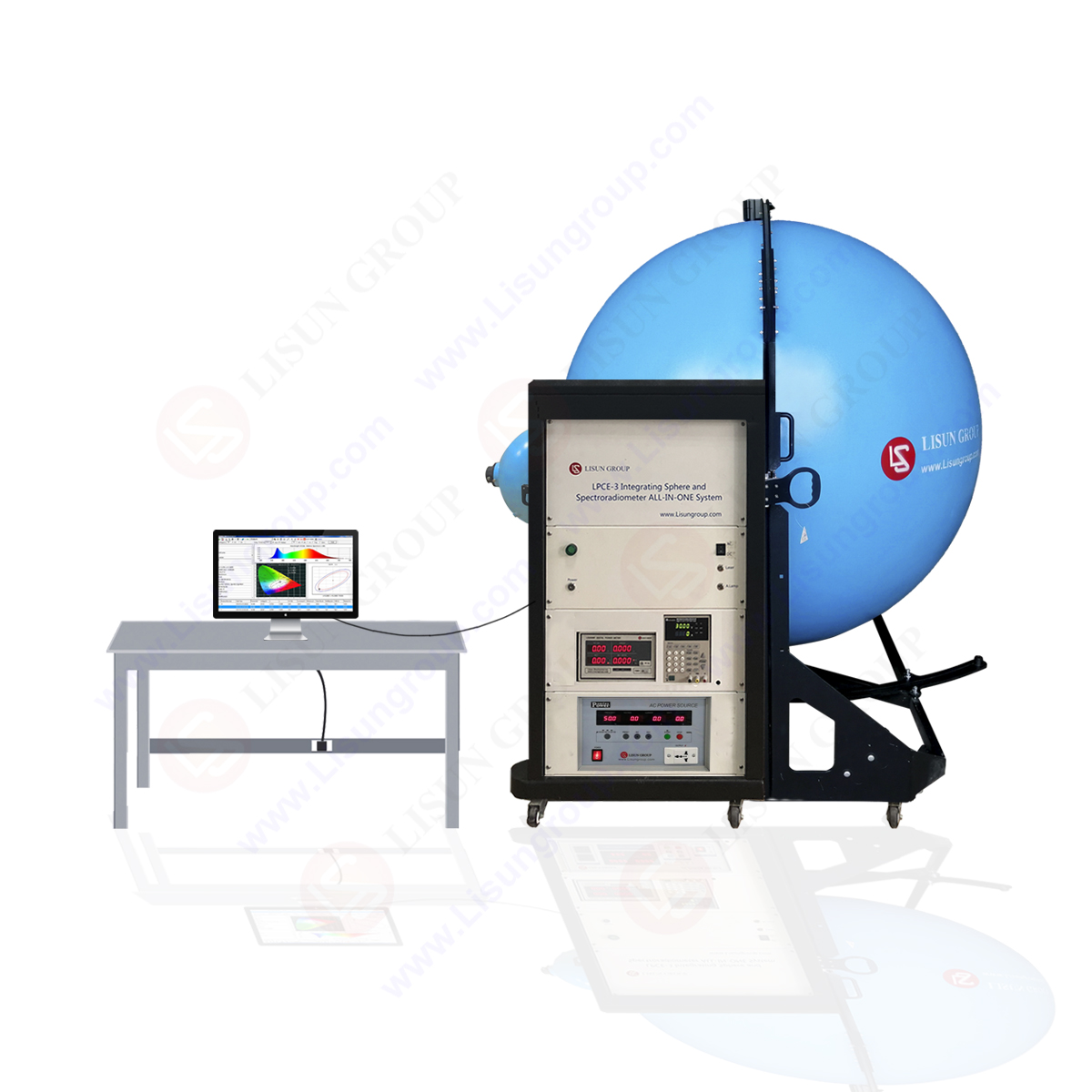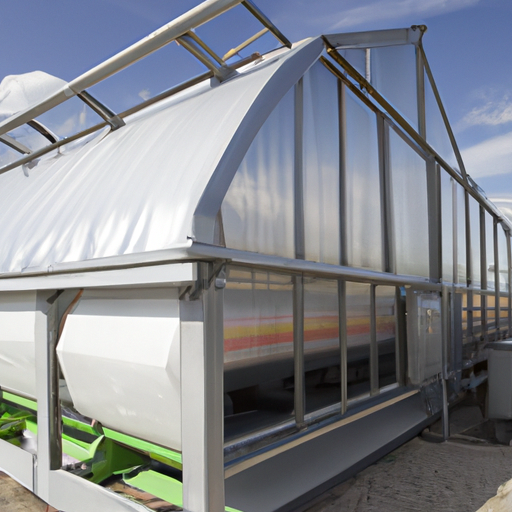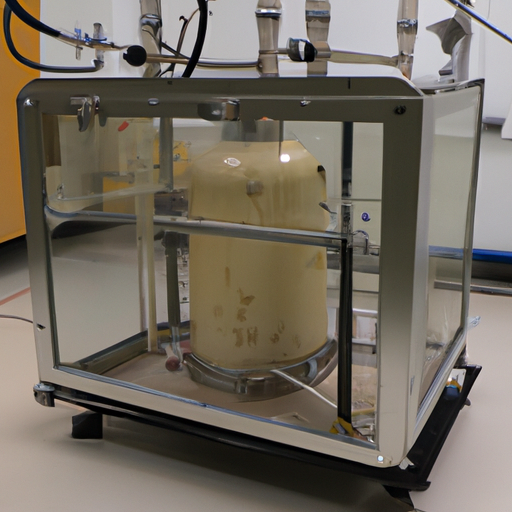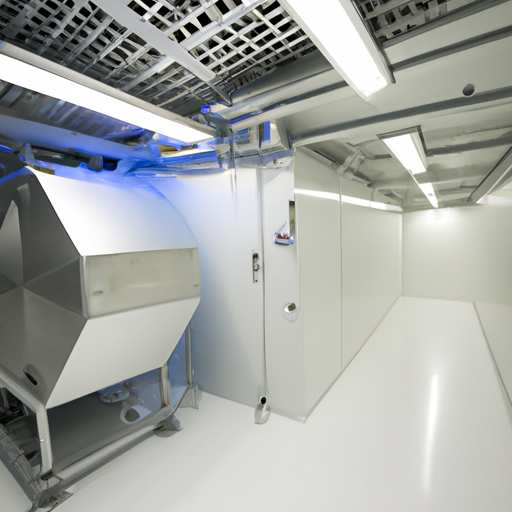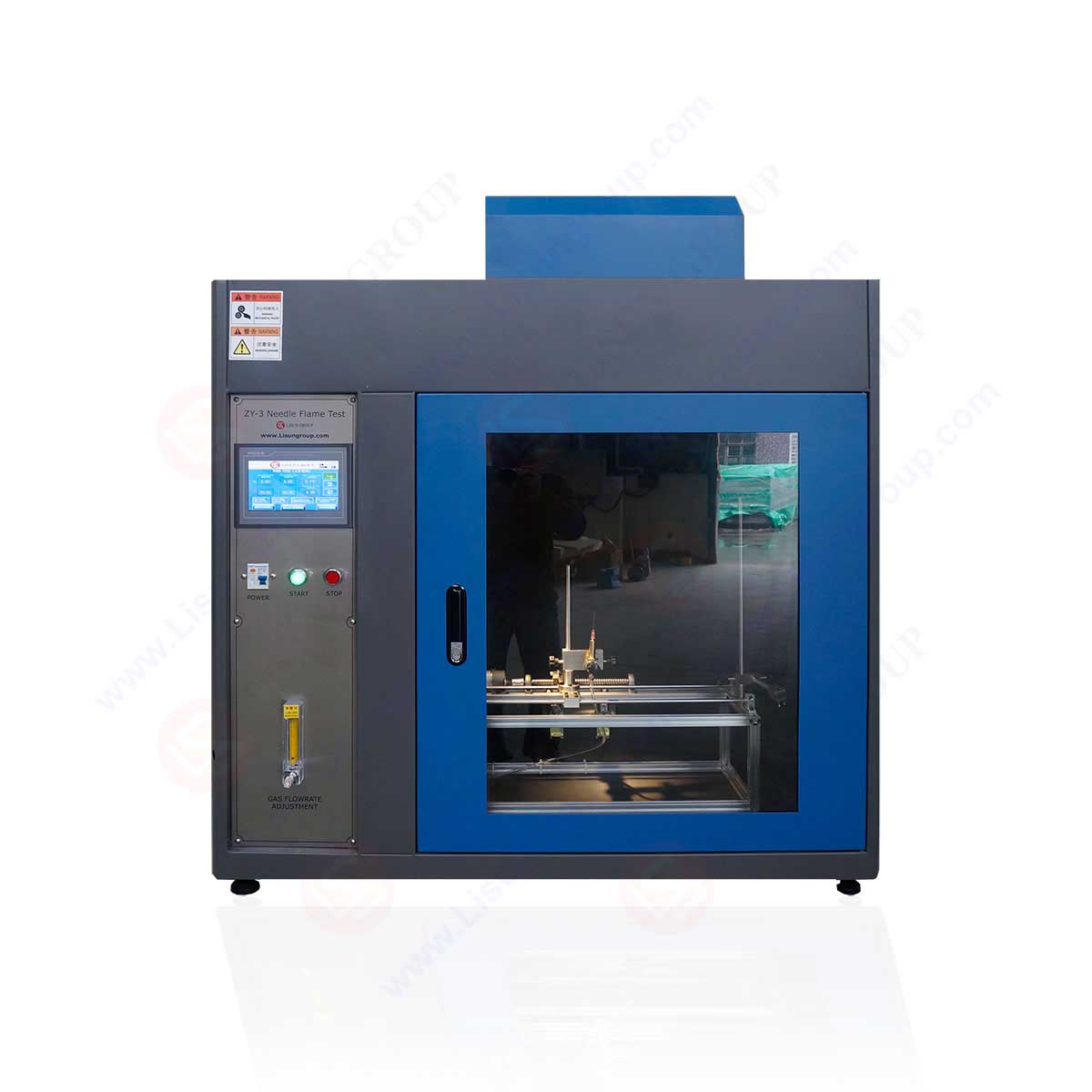Here, in this article, there is a full explanation of what is a flame test? The influence of a tiny flame on a test material is assessed using the needle flame test. Specifically, it estimates the severity, in other words, the amount of time the material must be exposed to the flame until it meets the set parameters.
Flame tests assess whether you may ignite combustible components under specific circumstances; however, the duration or length of combustion is restricted, and the flame or particles from the test sample fall beneath burning, or glowing particles will not allow combustion.
Importance of needle flame test
Fire hazards may be assessed using the needle flame test, which uses tiny flames that an electric equipment failure component may ignite.
Using a tiny flame and a needle, the needle flame test measures the effect on the test specimen. Additionally, it determines how long the material must be exposed to the flame before it reaches the desired performance level, which is referred to as its “severity.”
Flame tests assess whether you may ignite combustible components under specific circumstances; however, the duration or length of combustion is restricted, and the flame from a test sample that falls within burning or glowing particles will not allow combustion.
Working of needle flame test
As required by the chosen standard, the needle flame test uses a butane needle tube to create a flame that measures 12 millimeters and 1 millimeter in height from its tip to its maximum point (e.g., 60 seconds, 30 seconds or 10 seconds).
More complex and longer time is applied to the sample; the distance from the tip of the needle to its side or lower surface is 5 mm or 8 mm, depending on which is more significant. This layer’s bottom is the same as the light wire test. For the needle flame test to be successful, the sample must not generate a flame or have a flame that immediately extinguishes after 30 seconds of application and the drop not burn the underlayer.
Use simulation technologies to determine how likely the product may catch fire in the event of a failure. The needle flame test equipment simulates flames caused by fault situations, such as fault current flowing along the leakage channel, overheating components or parts, faulty contact, etc., which may impact the neighboring regions again. Again.
In cases when the glow wire test or the horizontal and vertical flammability test technique isn’t appropriate, you may use the needle flame test method. A needle flame test must follow Glow wire testing if the material ignites during the trial. A wiring board, centrifugal switch, or rice cooker socket are all examples of electronic and electrical items to which this rule applies.
The size and type of gas used in needle flame burners are called needle flame testers (NFT). At 45-degree intervals, conduct burn tests with precision and directionality. You will evaluate the needle flame tester based on whether or not the test product and the ignition bedding layer ignite and whether or not the duration and length of combustion are maintained—low-level internal conflagration due to malfunctioning conditions.
In terms of needle flame testers, Lisun is in the lead.
Lisun Instruments Limited was found by LISUN GROUP in 2003. LISUN quality system has been strictly certified by ISO9001:2015. As a CIE Membership, LISUN products are designed based on CIE, IEC and other international or national standards. All products passed CE certificate and authenticated by the third party lab.
Our main products are Goniophotometer, Integrating Sphere, Spectroradiometer, Surge Generator, ESD Simulator Guns, EMI Receiver, EMC Test Equipment, Electrical Safety Tester, Environmental Chamber, Temperature Chamber, Climate Chamber, Thermal Chamber, Salt Spray Test, Dust Test Chamber, Waterproof Test, RoHS Test (EDXRF), Glow Wire Test and Needle Flame Test.
Please feel free to contact us if you need any support.
Tech Dep: Service@Lisungroup.com, Cell/WhatsApp:+8615317907381
Sales Dep: Sales@Lisungroup.com, Cell/WhatsApp:+8618117273997
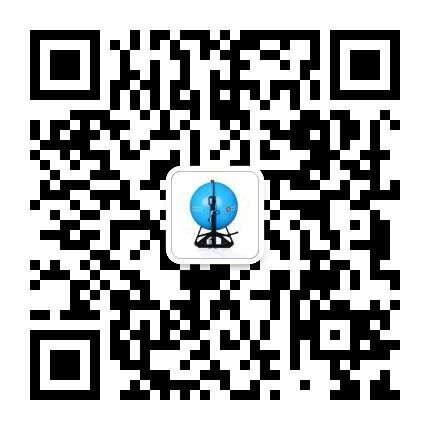
 中文简体
中文简体
